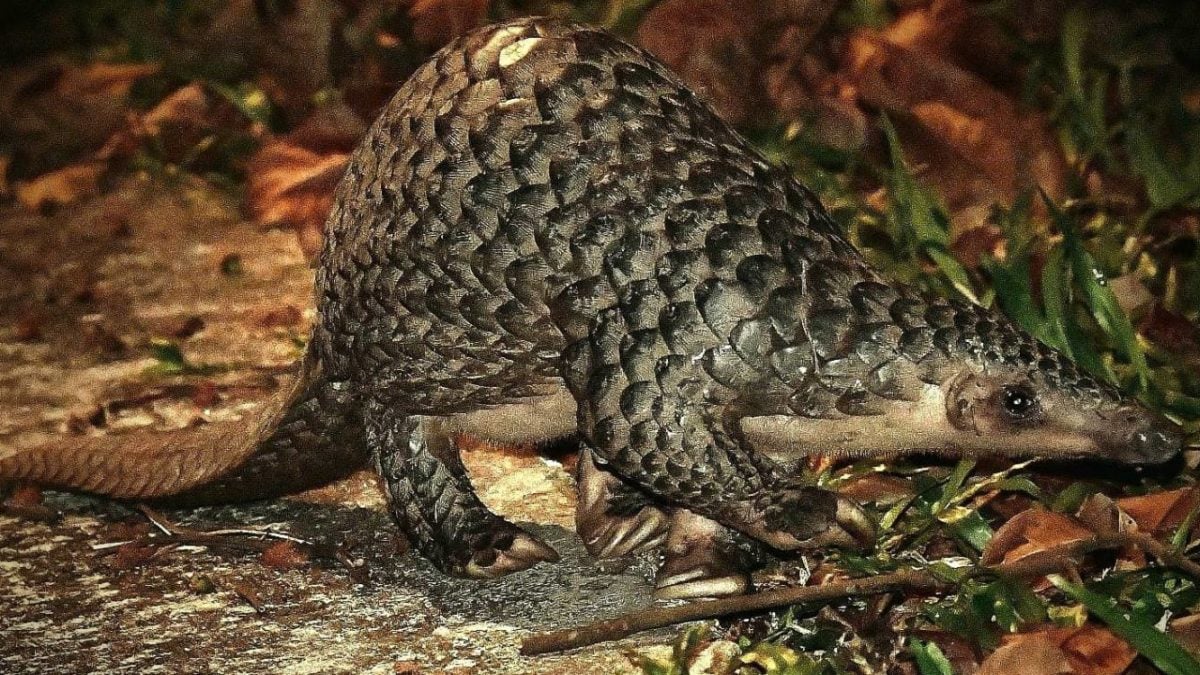The Sunda pangolin, also known as Manis javanica, is a remarkable creature native to Southeast Asia. Covered in protective keratin scales, these nocturnal, solitary mammals possess long sticky tongues adapted for feeding exclusively on termites and ants. Despite lacking teeth, their powerful claws enable them to break into insect nests and burrow for shelter. Adults typically measure between 40 to 65 cm in body length, with tails nearly as long, and weigh between 6 to 10 kg, though individuals up to 14–17 pounds (6–8 kg) have been recorded.
It is predominantly arboreal but will descend to the ground to forage. Equipped with a keen sense of smell but poor eyesight, the Sunda pangolin navigates its environment under the cover of darkness. When threatened, it curls into a tight ball, shielding its vulnerable underside with formidable scales. These scales, while crucial for survival in the wild, have tragically made the species a target for illegal wildlife trade. Poached for their meat and scales—believed to have medicinal properties—Sunda pangolins are now among the world’s most trafficked mammals.
Populations are severely declining, with estimates suggesting declines of over 80% in coming decades if trafficking continues. Though exact numbers are unknown, individuals regularly confiscated in Cambodia’s Cardamom Mountains confirm their presence and peril in the wild. Habitat loss due to deforestation and agricultural expansion further threatens their survival.
Conservation initiatives focus on anti-poaching patrols, strengthening legal protections, and raising public awareness. Rescue centres in Southeast Asia also work to rehabilitate and release healthy pangolins. Research on their behavior, reproduction, and ecological role remains limited, highlighting the need for intensified scientific study.
A symbol of biodiversity under threat, the Sunda pangolin reminds us that urgent action is essential to prevent the extinction of this unique species. Every effort to curb illegal trade, protect forests, and fund research can help secure a future for the pangolin and the ecosystems it inhabits.







